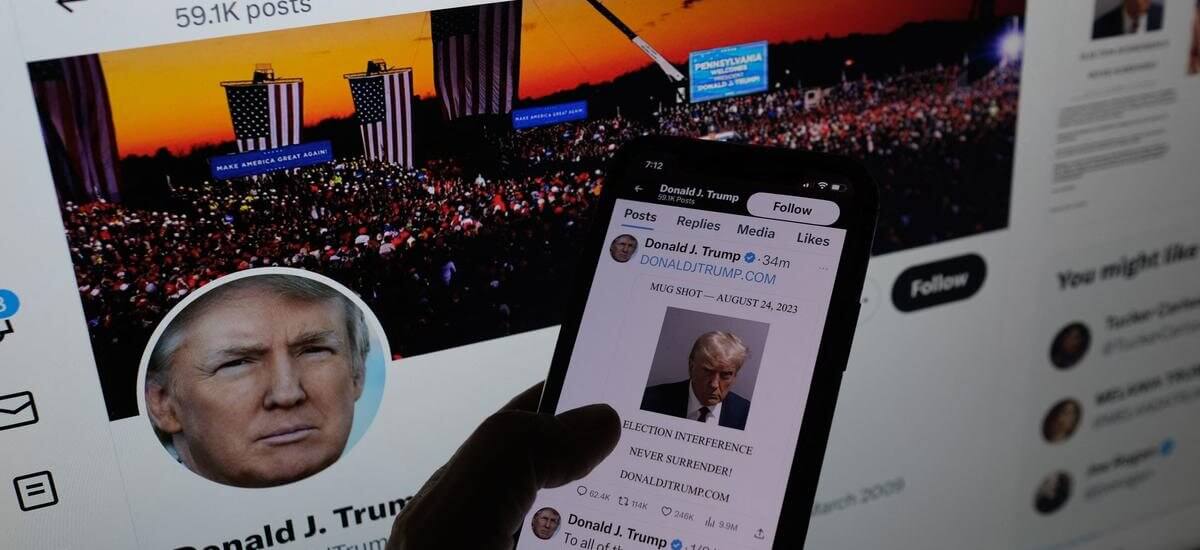


Donald Trump’s 2016 election win wasn’t just about traditional campaigning—it was about using digital marketing, SEO, and social media in smart ways. His campaign tapped into the power of the internet to directly connect with voters, running an innovative digital strategy that helped him secure a historic victory. Let’s break down how digital marketing, SEO, and social media worked together to get him elected.
Trump’s campaign knew where to find their voters: on social media. Facebook was a key platform, where they used highly targeted ads to reach people who might be interested in Trump’s message.
Stat Insight: In 2016, Trump’s campaign ran over 5.9 million different versions of ads on Facebook, testing which messages resonated best with different groups of voters.
Trump’s team made sure he was visible when people searched for key election topics. They focused on getting his website and content to rank high on search engines, using SEO to stay top of mind for voters.
Stat Insight: Trump’s campaign generated 1.4 million visits to their website per month during key moments, much of it coming from organic searches.
Trump used social media not just for ads, but as a way to speak directly to his supporters. His tweets, posts, and videos made him feel more accessible and connected with voters.
Stat Insight: Trump’s tweets had millions of shares, with some of his posts reaching tens of millions of people, building his online presence.
Once someone interacted with Trump’s campaign—whether they visited his website or clicked on an ad—they were retargeted with ads reminding them about Trump’s message. This kept him in voters’ minds even if they hadn’t made a decision yet.
Stat Insight: Retargeting ads have been shown to be 10x more effective in driving engagement, and Trump’s team used this strategy to build voter recall.
Trump’s rallies weren’t just live events—they were promoted heavily online. His campaign used digital tools to hype up rallies, engage viewers, and reach people who couldn’t attend.
Stat Insight: Trump’s Facebook Live videos from rallies garnered millions of views, with some events reaching over 10 million viewers.
Donald Trump’s use of digital marketing, SEO, and social media was a game-changer in political campaigns. By targeting voters precisely, optimizing content for search engines, building a personal connection on social media, and staying top of mind with retargeting ads, his campaign showed how powerful digital tools can be for connecting with an audience.
For marketers, the key takeaway is clear: by understanding your audience and using data to personalize your message, you can create a strong, lasting connection that drives action. Trump’s campaign proved that digital marketing isn’t just for businesses—it can change the course of history.